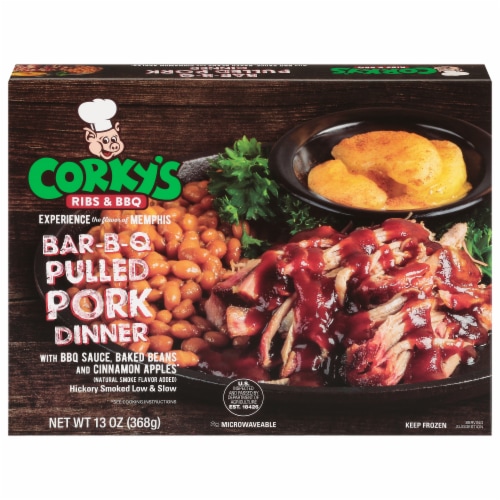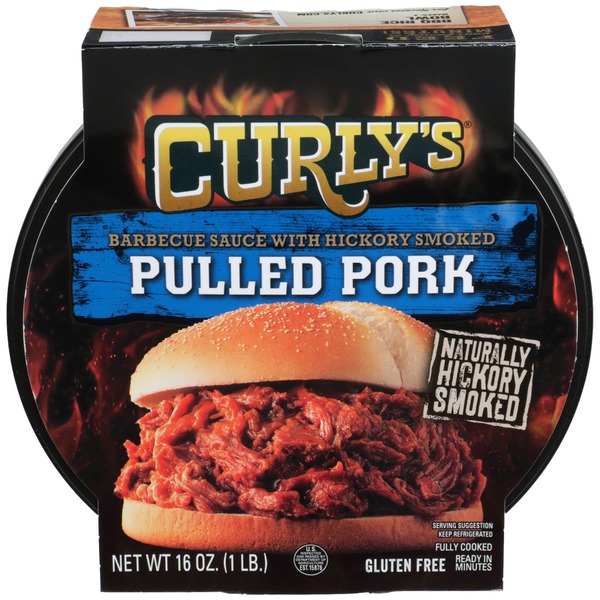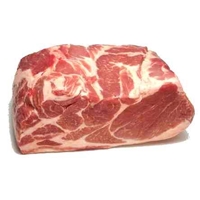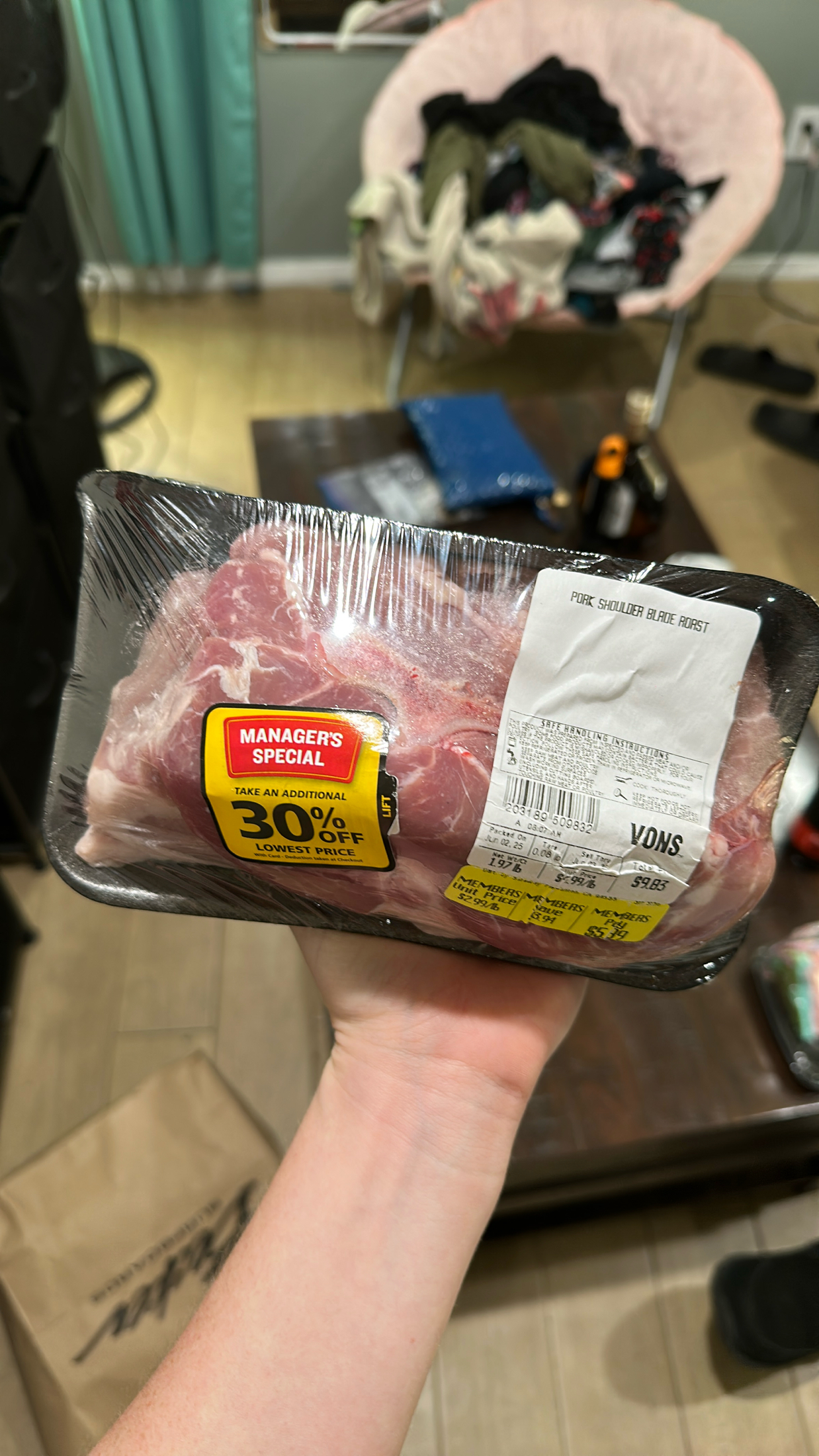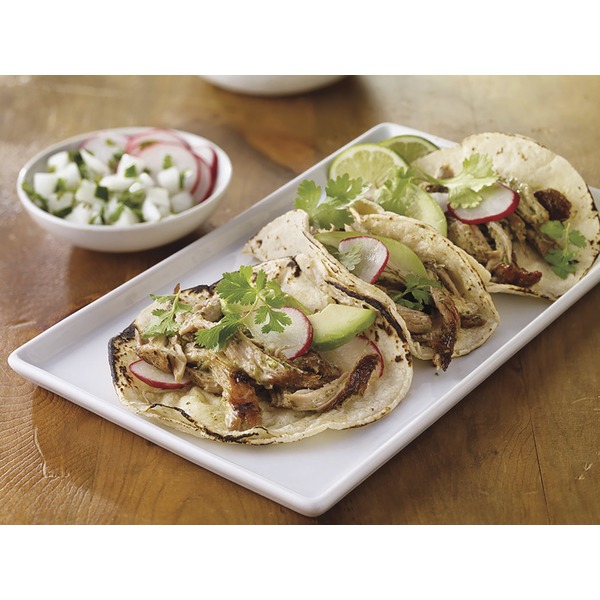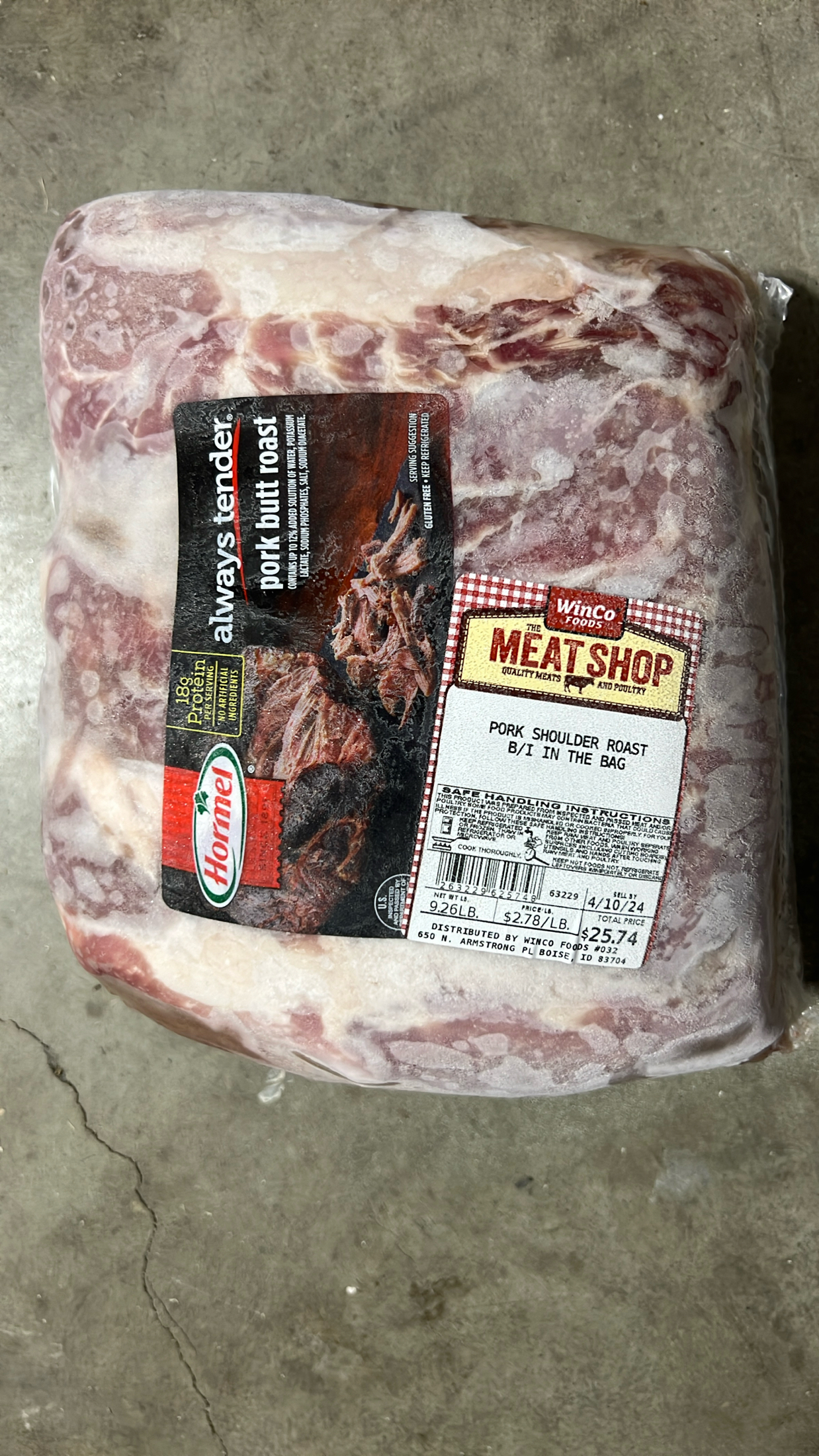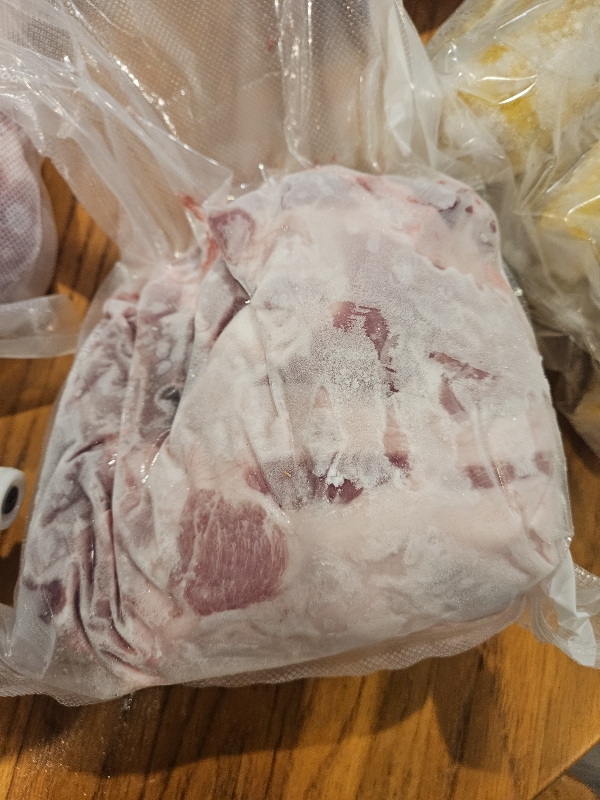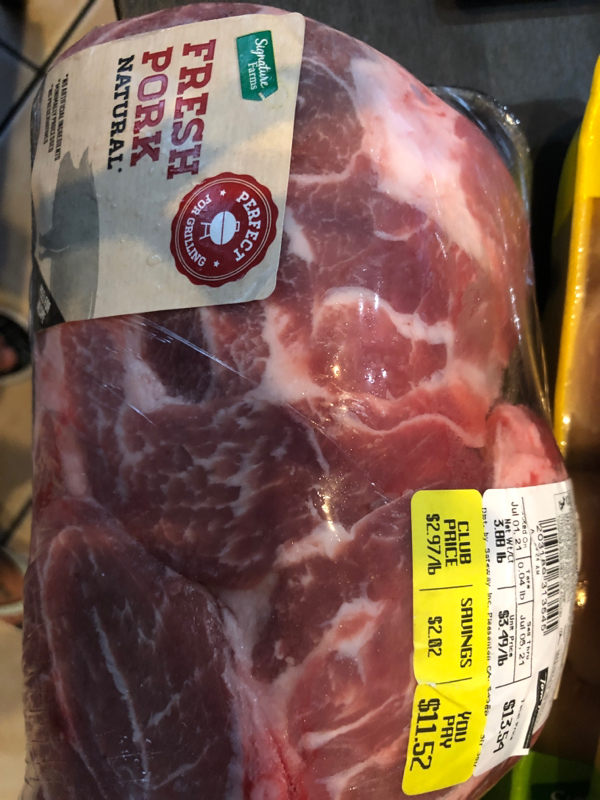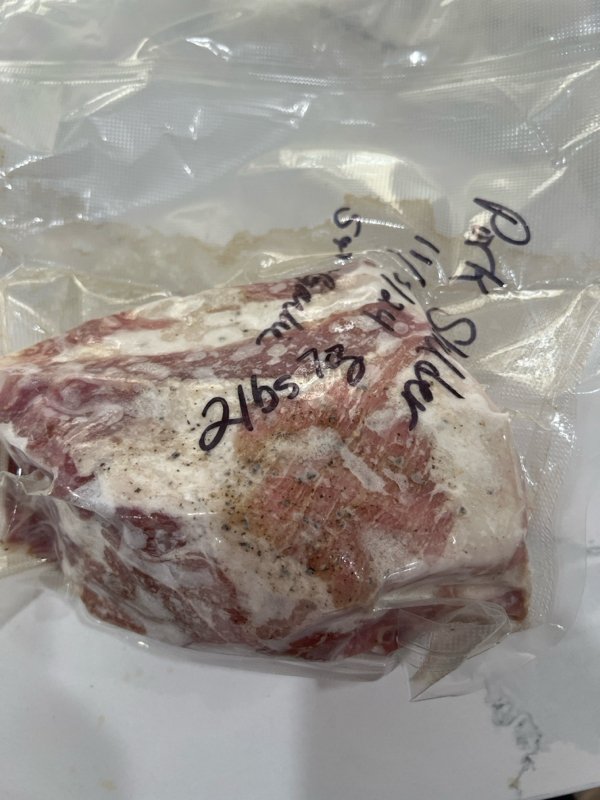Pork Shoulder Dish
Pork shoulder is a succulent, flavoursome cut of meat that is popular in many different cuisines. Its rich marbling ensures the meat stays moist and tender during slow-roasting or braising, while the outer layer of skin crisps up beautifully, providing a delightful textural contrast.
Pork shoulder is most commonly used for pulled pork dishes but is also excellent in stews, curries and casseroles. A good pork shoulder can be a game-changer for your home-cooked meals, offering a taste of gourmet cooking right from your own kitchen. It is a versatile ingredient, perfect for feeding a crowd on a budget.
2%
CARBS
47%
FAT
52%
PROTEIN
26 Pork Shoulder Dish Products
Pork Shoulder Dish FAQ
Pork shoulder dishes truly offer a succulent, flavorful delight for the palate. The most common questions when cooking this type of meat revolve around the cooking time and temperature, the preparation methods, and how to achieve that perfect balance where the meat is tender and juicy yet the outer skin is crisp. Cooking Pork Shoulder often goes wrong when people rush the process, cook at a very high temperature, or don't season the meat appropriately. This can result in meat that's too dry, tough or bland. To get the most out of your dish, slow cooking, braising, or roasting are often the best methods. Marination or applying a dry rub to the pork shoulder before cooking allows for flavorful, tender meat. One lesser-known tip is to let the cooked pork shoulder rest before pulling or cutting. This helps the juices redistribute throughout the roast, leading to a more flavor-packed, juicy cut of meat.
What can I serve with my pork shoulder dish?
Should I cover my pork shoulder when roasting in the oven?
Should I let the pork shoulder rest after cooking and before serving?
How long should I cook pork shoulder per pound?
What temperature should pork shoulder be cooked at in the oven?
Should I use a dry rub or a marinade when preparing pork shoulder?
Can I cook a frozen pork shoulder?
How do I get a crispy skin on my pork shoulder?
How can I make my pork shoulder more flavorful?
Why is my cooked pork shoulder tough?
Health Info
Macros
3g
CARBS
6g
FAT
12g
PROTEIN
Allowed on these diets
LOW FAT
HIGH CALCIUM
LACTOSE FREE
GLUTEN FREE

